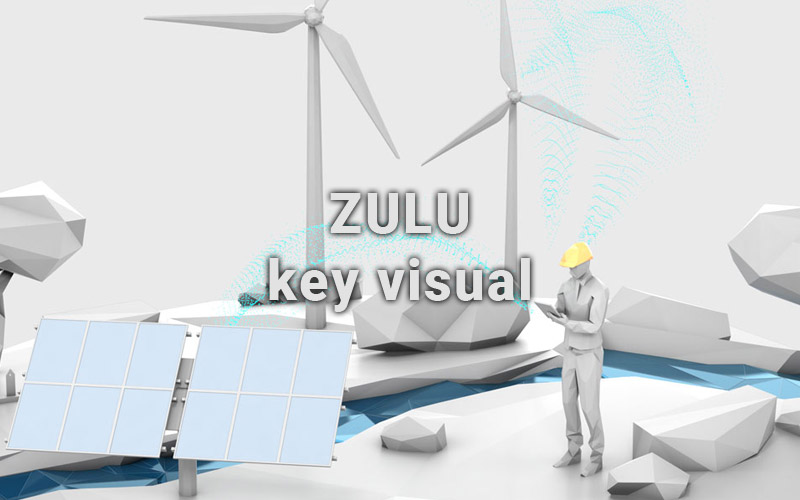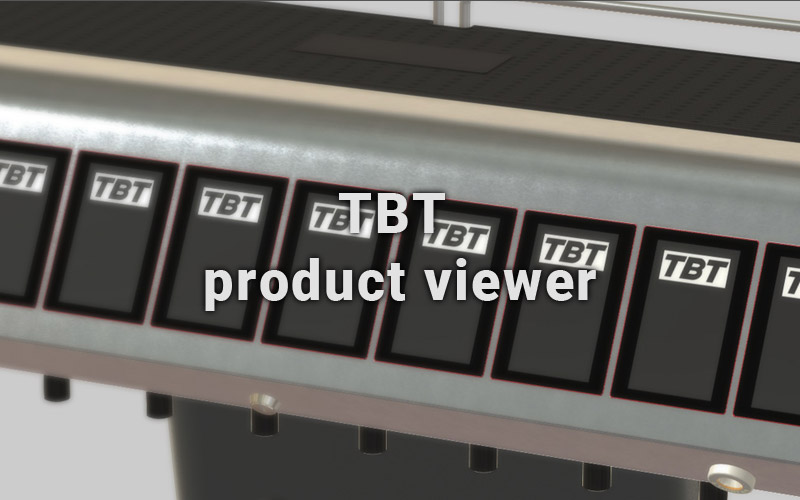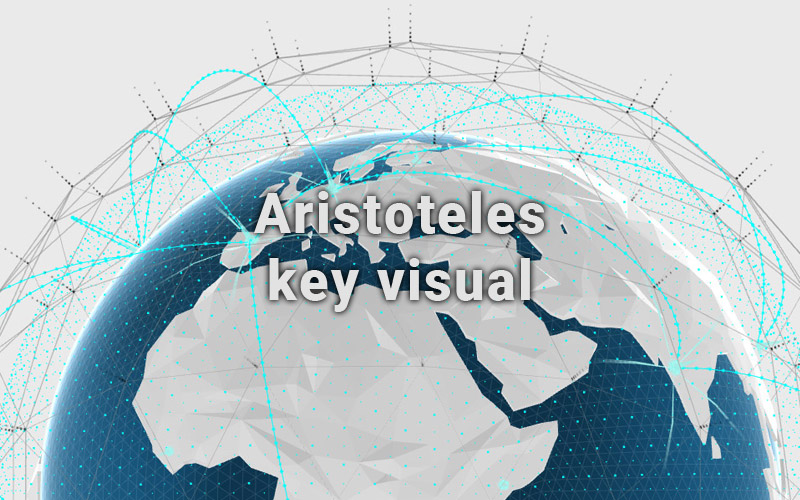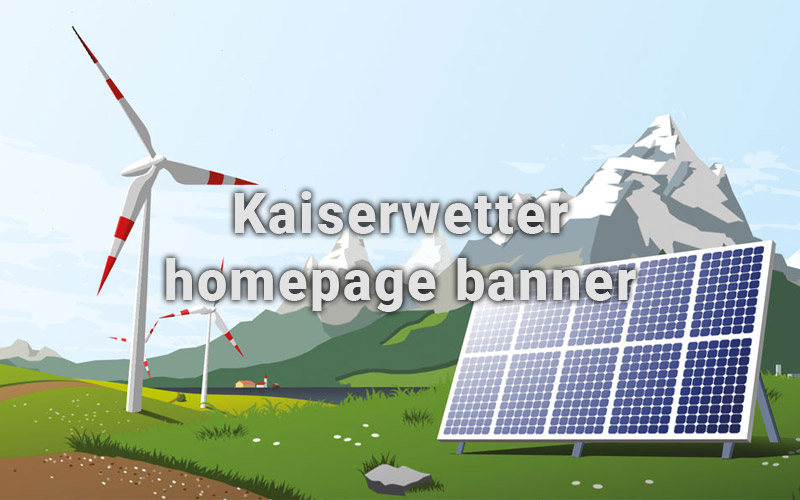WebGL
WebGL is the graphics library for web, which allows almost all internet browsers to display 2d and 3d graphics in real-time. WebGL can be utilized for a wide array of projects including interactive banners for your homepage, real-time product configurators and even virtual reality or augmented reality applications. WebGL applications can be used to capture the visitors attention or to engage users by letting them interact with the content.
There are several advantages of WebGL. It allows running dynamic and interactive applications on almost all browsers and devices by default, so no additional plugins need to be installed. Visitors are more engaged in a website by interacting with the application. And it allows you to add features to your website, that would otherwise not be possible.
In some cases, WebGL applications can also be a better choice for animated videos. Regular video files can take up a lot of memory and need to be heavily compressed in order to load quickly on websites. Creating the animations in WebGL provides a high resolution video without compression artifacts and only requires the engine and content files to be loaded.
Web-GL product visualization and configurator of TBTs Solid Series Tower.
Of course WebGL is not always the right solution. While quite small, the library itself does require additional memory to be loaded. In some cases, the applications can get too large to ensure a responsive and enjoyable website experience. This mainly depends on the type of content and on what type of page the application is supposed to run. WebGL can be loaded asynchronously, which means the underlying page can be rendered first, while the application is still loading behind the scenes. We have listed a number of examples on this subject. Feel free to contact us, if you are still unsure whether a specific WebGL app will be fast enough for your website experience.
Generally WebGL works well for stylized art styles, graphic animations and effectual visualizations. Smaller scenes are encouraged for integration on home pages, while larger or more complex scenes can be linked to its own site.
Highly detailed and realistic scenes are usually not recommended for WebGL, as the content should still be able to run and load quick enough on mobile devices. An exception can be made, if longer loading times are acceptable, i.e. a web-based training software. Also keep in mind that large files can be cached and will only need to be downloaded once, being reused on repeated visits. While WebGL is widely supported on all platforms, both development and performance is usually more costly compared to native applications running directly on a device.
There are a lot of possibilities when it comes to WebGL, from interactive home page banners, over virtual reality or augmented reality applications, to fully integrated product configurators. It can enhance the visitors experience, provide information through animation, entertain through interactive features or provide a new perspective on a product. Feel free to browse our showcases at the end of this page to get a better insight into WebGL. If you are interested in Virtual Reality specifically, we have a separate section about VR Tours, the most common use of VR in WebGL.
Example web content
Web-GL plausibility
Interactive graphic or effects animation
Suitable for home page
3d product configurator
Suitable for separate page
Medium sized VR tour
Suitable for separate page
Large sized or high quality VR tour
Not suitable for web, use separate apps instead
Augmented Reality experience
Suitable for separate page
Complex 3d scene
Only suitable for separate page if long loading times are not problematic
Any questions?
Feel free to browse through our featured projects below. If you need further information, a pricing quote, or want to discuss ideas for web-GL projects please complete the form below, or write us at office@vr-interactive.at.
SHOWCASES
OTHER SOLUTIONS



